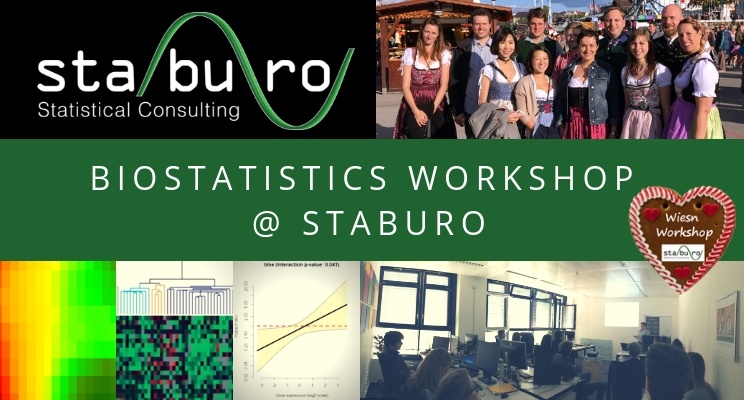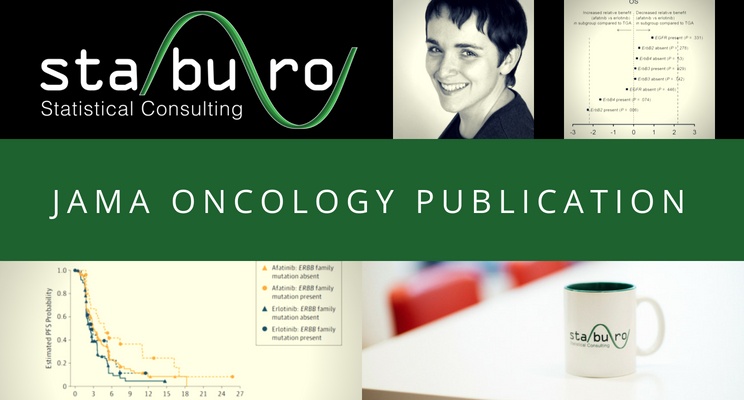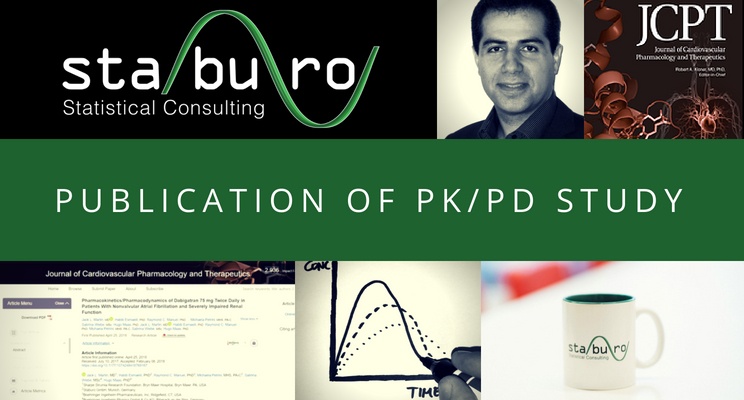
Biostatistics Workshop @ Staburo

Staburo Wiesn Workshop
It is a very nice custom to have our Staburo statistics training session on the first Monday of the two-week Oktoberfest period. This year, the Staburo team had the chance to learn about the “Comparison of adaptive enrichment designs in clinical trials”. In the second talk, useful insights into cluster analysis were presented. “The cross-validated treatment effect for data-driven subgroup selection algorithms” was the third presentation and rounded up this very informative workshop. As always, this was a great opportunity to share knowledge with the whole Staburo team and we had a very good Q&A session afterwards. Contents of the workshop will be published here, soon.
The second important custom is to pay the Oktoberfest (or also called “Wiesn”) a visit after the workshop. Once again, we had a wonderful time with the team and long-time Staburo clients. We even topped the (by some nerdy team members with a complicated formula) estimated beer consumption – some say due to semi-transparent accounting on the waiters’ side, some think due to thirst. Everyone got home safely – with additional knowledge from the workshop and positive vibes from the Oktoberfest. We are already looking forward to the Staburo “Wiesn” Workshop 2019 and thank all participants for making this a great team event!




Recent Comments